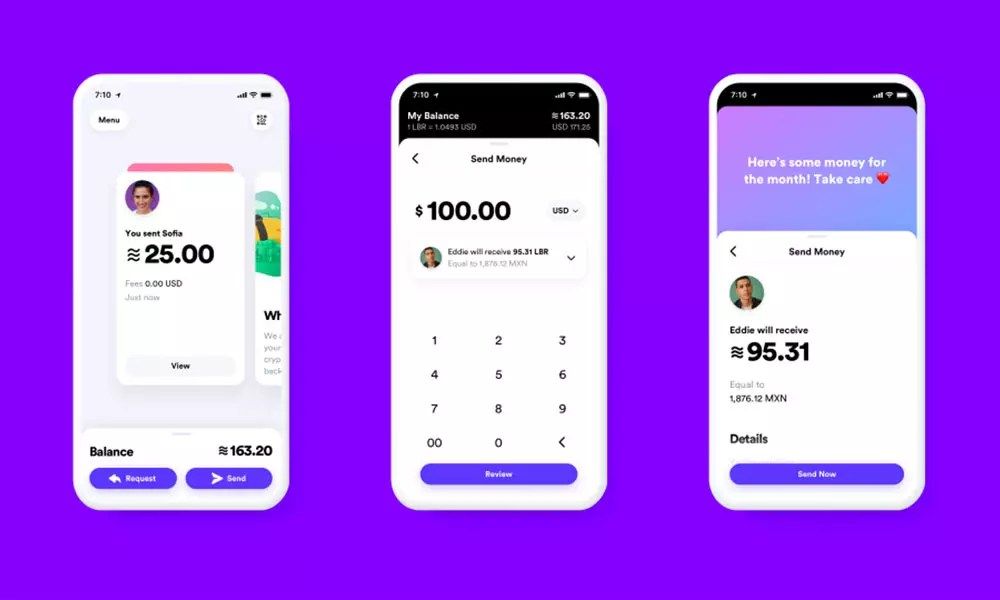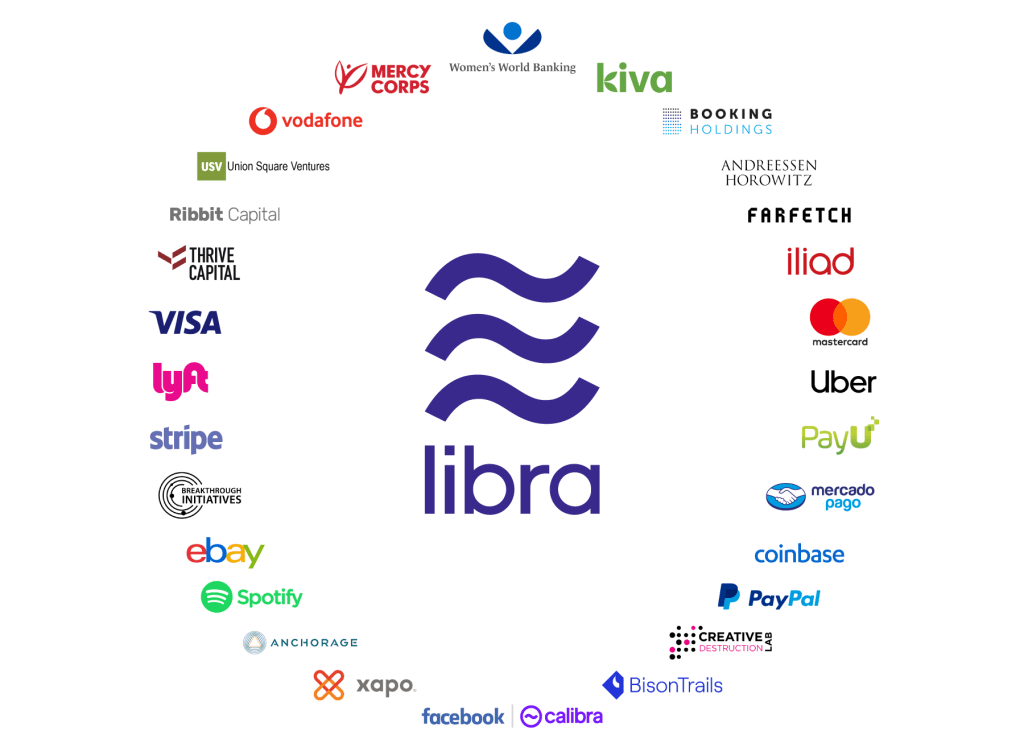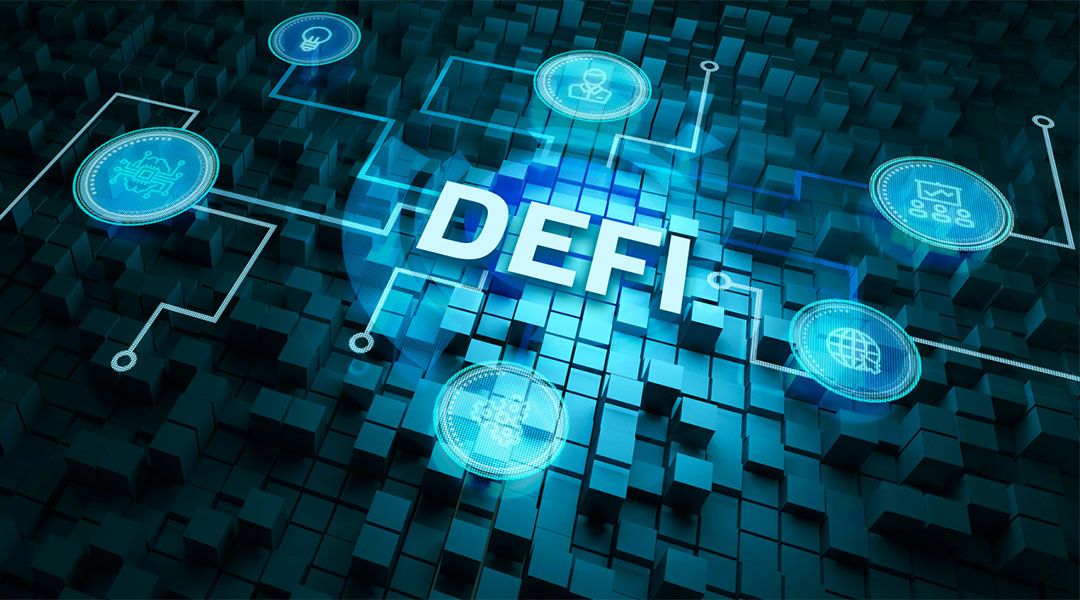Libra is Here: What Does a Facebook Cryptocurrency Mean for the World?

After months of speculation, Facebook has revealed its Libra blockchain and the Libra coin to the world. The highly-anticipated cryptocurrency ran into immediate opposition in Europe and the United States. The French Finance Minister Bruno Le Maire said it was “out of question” that Libra would “become a sovereign currency”. Meanwhile, Markus Ferber, a German member of the European Parliament, said that Libra has the potential to become a “shadow bank” and that regulators should be on high alert. In addition, both Democrats and Republicans raised their concerns with Representative Patrick McHenry, the senior Republican on the House Financial Services Committee, calling for a hearing on the initiative.
It was to be expected that when the social media giant, who has seen numerous scandals in 2018, would launch a cryptocurrency, there would be opposition. Many people, organisations and governments no longer trust Facebook with the social media data, let alone with their financial data. The main concerns from regulators and lawmakers around the world are that Facebook is already too massive and careless with users’ privacy to launch an initiative like Libra.
However, before we judge too quickly, let’s first dive into the Libra blockchain and the Libra coin to understand it better. After all, as bitcoin advocate Erik Voorhees says: “Zoom out for a second and realise how far this industry has come. The biggest companies in the world are now launching cryptocurrencies. BOOM.” Libra released all their documents online at Libra.org in a bit for transparency, so let’s discuss the different components of it.
Libra: A Currency to Empower People
Facebook has the ambition to empower the 1.7 billion unbanked in the world, making sending around the world as simple and cheap as sending a text message. As of 2020, Libra will be available on Messenger, WhatsApp and as a standalone application called Calibra.
Calibra is the new regulated subsidiary that Facebook launched to separate financial data and social data. It will build and operate services on behalf of Facebook on the Libra network, and it is one of the 28 founding members of the Libra Association that will run Libra. The objective is to have 100 founding members upon launch, and each founding member will only get up to one vote or 1% of the total vote (whichever is larger). This includes Facebook.
Facebook calls it a “new global currency powered by blockchain technology.” It will be mobile-first and accessible with an entry-level smartphone and data connectivity. Contrary to existing cryptocurrencies, the objective is to have minimal price volatility. To achieve that, the Libra is backed by a reserve of low-risk assets such as bank deposits and short-term government securities.
Transactions can be done quickly. Upon launch, the Libra Blockchain is capable of 1000 transactions per second with a 10-second finality time between a transaction being submitted and committed. In the years to come, they expect the number of transactions per second to grow. Many transactions will occur off-chain using, for example, payment channels. Hence, they believe that 1000 transactions per second are sufficient in the beginning to meet the needs of the ecosystem.
Libra aims to become a global cryptocurrency, resulting in open ecosystem products and services made available to internet users. However, don’t expect Libra to be a ‘pure cryptocurrency’ that is available all over the world. Sanctions will probably prevent it from operating in Iran, and the Libra Association Council can, most likely, block transactions if necessary.
The 28 founding members include companies such as Spotify, Booking.com, Vodafone, Uber, Lyft, Visa, Mastercard and eBay. It seems likely that upon launch, internet users can pay for services offered by these companies with Libra.

The company Calibra will provide custodial wallets for its users. This means that users do not have to remember long, complex crypto passwords, nor do they not have to be afraid to lose their money. Users will be refunded in case of a hack, scam or loss of access. However, it is also a trust issue. What happens to the stolen or lost Libra coins, since Calibra manages the keys for its users? It might seem like extra protection for users, but it also results in a centralised product.
The Libra Reserve: Creating a Stable Coin?
Cryptocurrencies are inherently unstable. Even stable coins fluctuate more than they should be. The non-profit Libra Association aims to prevent this by backing every Libra coin with a set of stable and liquid assets. Coins are minted and burned by the Association only in response to demand from authorised sellers. This means that for new coins to be minted, fiat money needs to flow into the reserve.
When coins are burned, money fiat money flows out of the reserve. This will happen automatically, meaning that the Libra Association cannot mint new coins without being backed by fiat assets. As a result, users do not have to worry about inflation.
According to Libra, the reserve will remain fully backed over time, and only the type of assets can change over time, depending on (local) economic conditions. Consequently, this discourages a ‘run on the bank’, since at any time each coin is backed by fiat assets. The objective of the Libra Reserve is to ensure trust and protect the users’ resources.
For a project such as Libra to work, a stable coin is a prerequisite. If your Uber trip to work costs the equivalent of US$10 today and US$25 tomorrow, adoption and usage of the coin will be low. Hence, having each coin backed by a fiat asset will certainly contribute to low volatility.
However, especially with Facebook’s recent history, it will require full transparency of the Libra Reserve. Independent auditors should be able to verify that each coin is indeed backed by a fiat asset. If that is not the case, trust will be low, and the project will fail. How this transparency will be achieved is unclear from the documents.
The Libra Blockchain: Open-Source and the New Programming Language Move
The Libra Blockchain has been built from the ground up to meet the requirements of a global cryptocurrency. It is a cryptographically authenticated database storing programmable resources such as the Libra coin. The blockchain is maintained using the Libra Protocol.
The Libra protocol is aimed at creating the financial infrastructure that allows users to build seamless applications on top of the Libra Blockchain. They have developed an open-source prototype of the Libra Protocol, called Libra Core based on learnings from existing projects and new research. The objective of Libra Core is to reduce the barriers to entry and level the playing field for new business models and financial applications.
At first, the Libra Blockchain will be a permissioned blockchain consisting of its founding members. Founding members have to comply with multiple criteria, including having a market cap of > US$ 1 billion, reach over 20 million people a year and be recognised as a top-100 industry leader. The founding members will form the Libra Association, which provide the framework of governance for the network. Over time, the objective is to become a permissionless blockchain using a Proof of Stake consensus mechanism.
The Libra Blockchain will use a Byzantine fault tolerance (BFT) state machine replication system called LibraBFT. The consensus mechanism selects a leader amongst the validators (at first the geographically dispersed founding members, later anyone participating as a validator and holding Libra) who proposes a new block of transactions. Upon launch, the Libra Blockchain is capable of 1000 transactions per second with a 10-second finality time between a transaction being submitted and committed.
The Libra Blockchain uses a new programming language Move for creating smart contracts or implementing custom transactions on the blockchain. Move is used to ensure the safety and security of the users and their data. It is doing so by preventing resources from being copied or discarded; they can only move between program storage locations. For a detailed technical overview of Move, see the white paper.
The Libra Blockchain has been developed from the ground up. There are some new features, and other features are based on existing research. For a deep dive on the ins and outs of the Libra Blockchain, read Jameson Lopp’s insightful article.
Facebook claims that any consumer, developer and business can use the Libra network, but it remains to be seen how truly decentralised (meaning resistant to censorship) the network will be. Only after five years, they will start to move towards a permissionless blockchain, but there is little information when Libra will become completely permissionless. As long as it is not completely decentralised, Facebook will, most likely, retain some sort of control.
Conclusion
Within hours after the launch of Libra, governments and regulators raised their concerns over the plans for a global cryptocurrency by Facebook. However, apart from the launch of an open-source test net, it resembles more like a corporate consortium announcement with no products yet, as Warren Whitlock mentioned.
It looks indeed like a centralised initiative, driven by Facebook. But maybe, to build a decentralised cryptocurrency that actually works, some form of permissioned might actually be beneficial. It means that decisions can be made faster, and the ecosystem can be developed more efficiently. However, once the ecosystem is up and running, it should move to a complete permissionless network to ensure trust. Whether this will indeed happen, remains to be seen.
In addition, using Calibra Facebook aims to separate social media data and financial data, but can Facebook be trusted? They vow not to use the financial data by default (meaning they do have access to it?). Facebook said the same about WhatsApp data, which they promised not to use. We all know how that ended. On the other hand, in China, WeChat has full access to all financial data, social data and personal data of its users, enabling it to rapidly improve its services, albeit at a massive cost of loss of privacy.
With Libra, Facebook has the objective to help the unbanked, just as it earlier ‘helped’ the ‘unconnected’. However, the fact that it is developed by Facebook does not bring the trust a decentralised network requires to operate successfully. It is understandable that Facebook has a leading role at first, in 2019, but can it be trusted that it will give away this role later? After all, Facebook will likely launch other financial tools through Calibra to monetise the financial data they will undoubtedly collect.
It is an interesting initiative, backed by reputable companies and opposed by European and US governments. Will Libra succeed in developing a truly permissionless, trustable blockchain and global cryptocurrency? A lot remains to be seen, but it is great to see that large multinationals are adopting blockchain and cryptocurrencies. One thing is for sure; Libra will receive close scrutiny by governments, organisations and internet users. Only by operating in full transparency they can gain the trust they so much need to make this a success.





